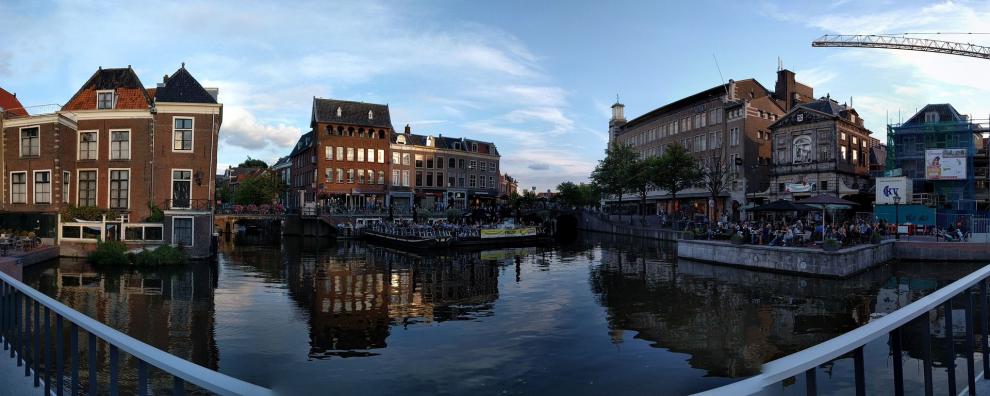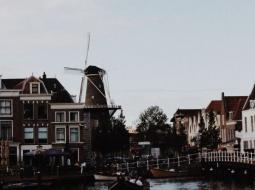Thessaloniki gets ready for its metro launch in November
The underground rapid transit lines have been under construction for almost two decades due to various project delays
 TheMayor.EU logo
TheMayor.EU logo 
The history of Leiden goes as far back as the 9th century. Formed at the confluence of Old and New Rhine rivers, it was initially subjected to the Bishop of Utrecht but in around 1100 was affiliated to Holland. It was in 1266 when Leiden received city rights and in 1420, following a two-month siege, the burgrave Filips of Wassenaar had to surrender the territory to John of Bavaria.
The 16th and the 18th centuries were a time of growth for the city of Leiden, thanks to a developed printing and publishing industry. During this period (in 1575) the Leiden University was founded here by William I of Orange as reward for the support of the locals during the Dutch revolt against the Spanish rule.
At the start of the 17th century the Pilgrims lived in Leiden before setting off to the New World. However, despite its important role in the establishment of modern chemistry and medicine, Leiden declined during the second half of the century. In the 18th century, the Leiden wool industry deteriorated. The ongoing wars of Napoleon also made the situation worse. On top of this, Leiden was hit by a major disaster. A gunpowder cache exploded here on January 12, 1807 destroying dozens of houses and killing at least 160 persons.
After 1815 the city slowly recovered with the emergence of new industries such as metallurgy, printing and canning. It is also important to mention the role of Leiden for the establishment of the Constitution of the Netherlands, written here in April 1848. The prosperity of the city grew at the end of the 19th and the beginning of the 20th century.
Leiden has undergone an enormous transformation in the last thirty years of the 20th century. The prevalent industries disappeared in the early 1980s. This was accompanied by high unemployment, but the city found new jobs in other sectors and regained its power to become one of the most prosperous in the Netherlands.
Source: visitleiden.nl, Wikipedia
Leiden is a city and municipality in the Netherlands, in the South Holland province. It is organized in 10 districts. It had a population of around 123,856 persons as of August 2017.
Unemployment in Leiden is particularly low, and the population is among the highly educated in the Netherlands. The Leiden Bio Science Park and other high-tech businesses occupy a special place in the local economy. In addition, the multinational company Airbus has its headquarters here.

In Leiden you walk through 800 years of history, visible all around you. The City of Discoveries boasts the oldest university in the Netherlands. The old town offers a spectacular view over canals, city gates, bridges, mills, a castle, an observatory, the Hortus botanicus, weaver's houses, courtyards, two large late Gothic churches and various monumental buildings.
Walk in the footsteps of Rembrandt or discover the pillars of the medical history of the Netherlands in the Hortus botanicus, the Academy Building, the workplaces of Professor Boerhaave and an anatomical theatre from the 16th century.
Leiden is also known as “The Key City”. This refers to the two keys in the city coat of arms, replicated in key patterns all
Town hall square 1,
Leiden, the Netherlands